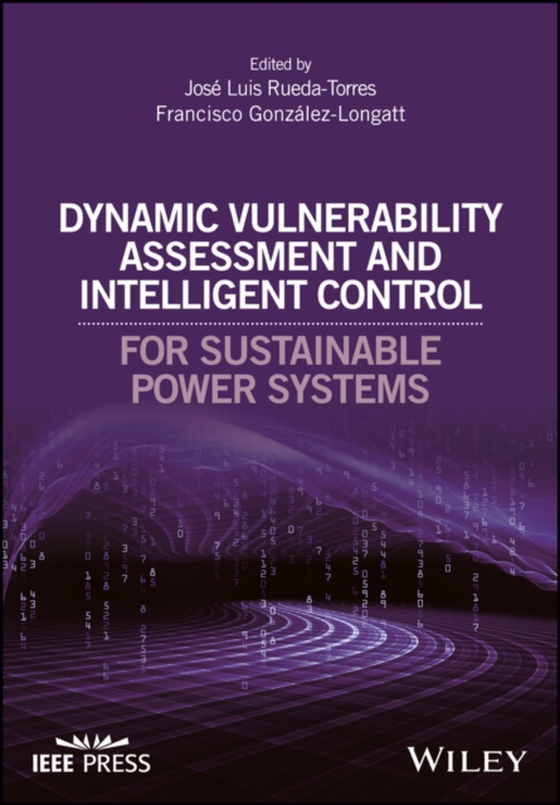
Dynamic Vulnerability Assessment and Intelligent Control e-bog
1550,91 DKK
(ekskl. moms 1240,73 DKK)
Identifying, assessing, and mitigating electric power grid vulnerabilities is a growing focus in short-term operational planning of power systems. Through illustrated application, this important guide surveys state-of-the-art methodologies for the assessment and enhancement of power system security in short term operational planning and real-time operation. The methodologies employ advanced met...
E-bog
1550,91 DKK
Forlag
Wiley-IEEE Press
Udgivet
25 januar 2018
Genrer
THRD
Sprog
English
Format
pdf
Beskyttelse
LCP
ISBN
9781119214977
Identifying, assessing, and mitigating electric power grid vulnerabilities is a growing focus in short-term operational planning of power systems. Through illustrated application, this important guide surveys state-of-the-art methodologies for the assessment and enhancement of power system security in short term operational planning and real-time operation. The methodologies employ advanced methods from probabilistic theory, data mining, artificial intelligence, and optimization, to provide knowledge-based support for monitoring, control (preventive and corrective), and decision making tasks. Key features: Introduces behavioural recognition in wide-area monitoring and security constrained optimal power flow for intelligent control and protection and optimal grid management. Provides in-depth understanding of risk-based reliability and security assessment, dynamic vulnerability assessment methods, supported by the underpinning mathematics. Develops expertise in mitigation techniques using intelligent protection and control, controlled islanding, model predictive control, multi-agent and distributed control systems Illustrates implementation in smart grid and self-healing applications with examples and real-world experience from the WAMPAC (Wide Area Monitoring Protection and Control) scheme. Dynamic Vulnerability Assessment and Intelligent Control for Power Systems is a valuable reference for postgraduate students and researchers in power system stability as well as practicing engineers working in power system dynamics, control, and network operation and planning.
 Dansk
Dansk

